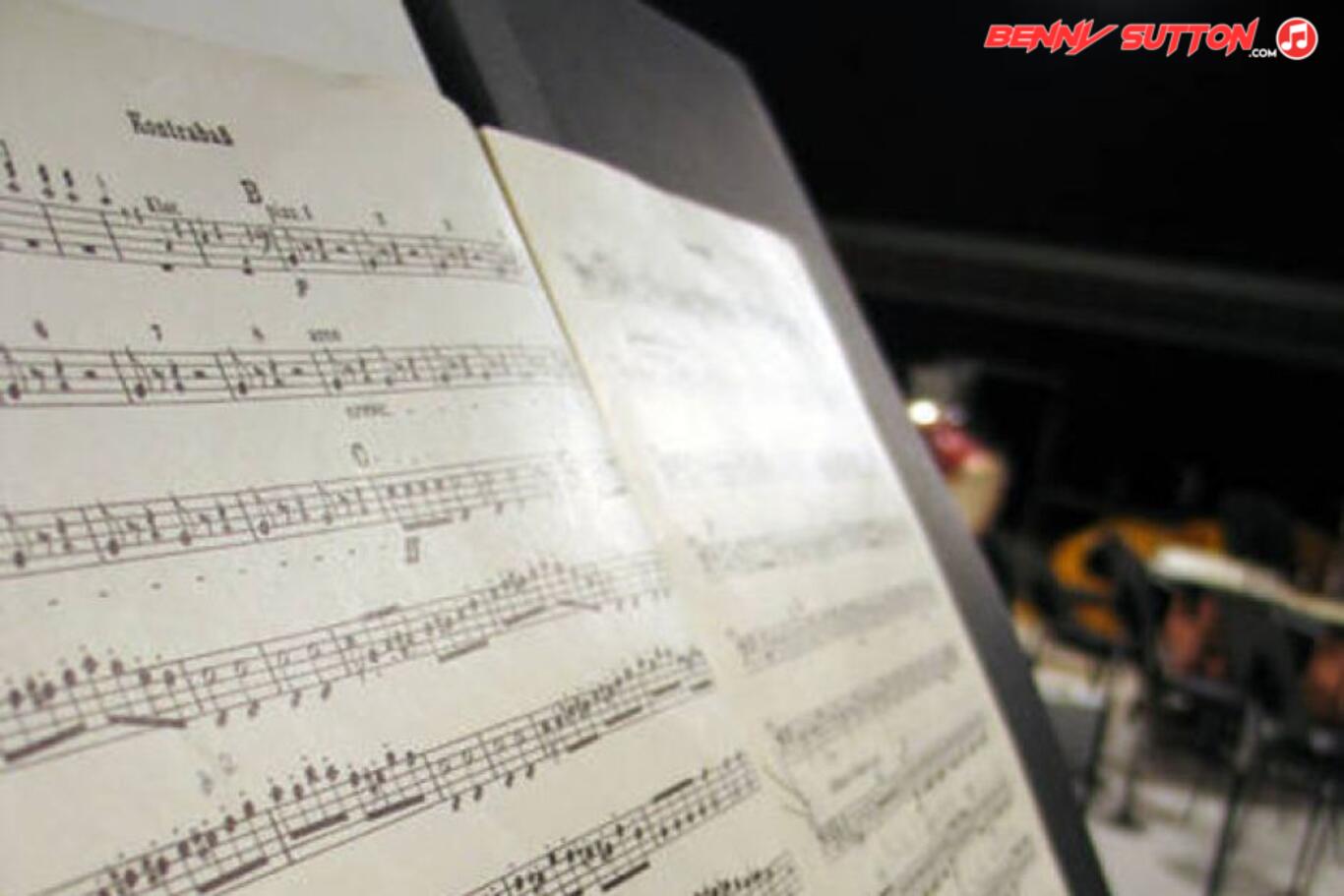Notation for note shaping (staccato, legato, accents, tenuto) affecting attack/length.
Articulation is the way each note begins, sustains, and ends—how you shape its delivery. It’s what turns a line of pitches into phrasing with personality. Two players can perform the same notes at the same BPM and sound completely different because of articulation.
In traditional terms, articulation covers markings like staccato (short), legato (smooth), accented, tenuto (held), and marcato (strongly marked). Each defines how a note connects—or doesn’t—to the next. On wind and string instruments, it’s about attack and bowing; on piano, touch and pedaling; in singing, consonants and breath.
In rhythm sections, articulation shapes groove. A funk guitarist’s clipped chord stabs, a bassist’s muted “thump,” or a drummer’s ghosted snare taps all articulate time differently. James Brown’s bands were masters of articulation discipline—every player struck and released notes with microscopic precision, creating machine-like tightness without losing feel.
In digital production, articulation translates to envelope control and velocity. Shortening note lengths, adjusting attack curves, and varying velocity recreate the human phrasing that MIDI often lacks. Producers like Daft Punk or Anderson Paak use crisp articulation to give programmed drums the conviction of live players.
Good articulation makes lines speak; bad articulation makes them blur. The key is contrast—clean attacks against legato movement, accents placed with intent. Whether you’re bowing a violin or editing MIDI, articulation defines character. It’s not just what you play, but how you touch time.
